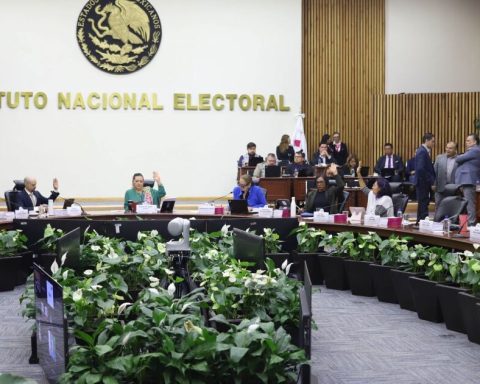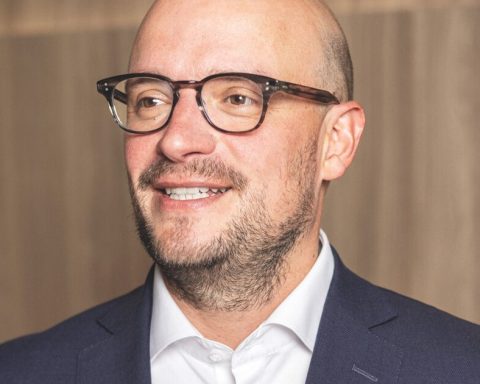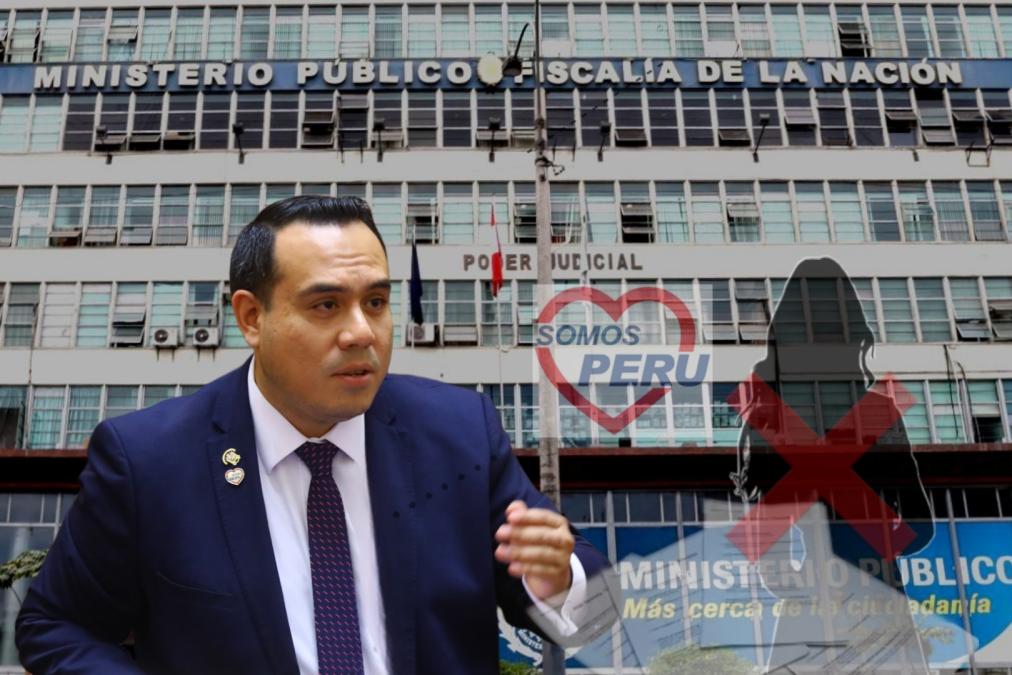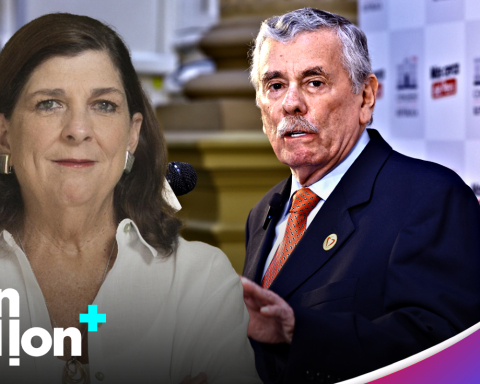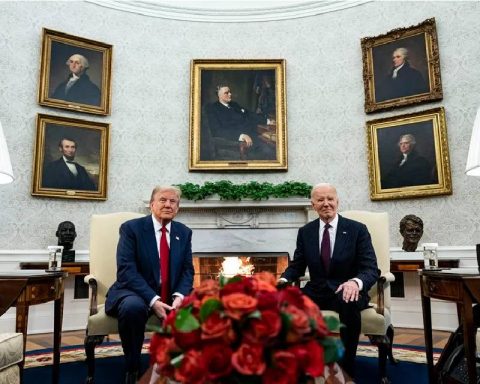
The campaign gives continuation of the strategy against the addictions that arose in the previous government and was questioned for disseminating stigmatizing messages.
Before launching the new spots, That they spread from January 7 on radio, television or spectacular, the government announced that some aspects would be corrected. However, drug policy experts point out that he maintains discriminatory vision, similar to the previous sexennium campaign.
Fentanyl has nothing good to offer you, but the things you really love yes.
Do what you are passionate about! Enjoy music, school, sport and your family! 🎼⛹🏽♀️🫶🏽
There are a thousand ways to be happy without putting your life at risk.
If you need help, call the … pic.twitter.com/jyqh6qaujr
– Health Mexico (@SSalud_MX)
January 31, 2025
Political pressure campaign
So this campaign is the main strategy against addictions and focuses on fentanyl, although it is not the drug with the greatest consumption in Mexico. It happens that way more for political use, because this substance has faced the Mexican government with that of the United States.
The main drug problem in Mexico is the consumption of methamphetamines, that has grown in recent years. He even recognized him the Secretary of Health, David Kershenobich.
“It is probably, the methamphetamines, the most important consumption we have and, nevertheless, the fentanil is the most significant in the sense of mortality and the damage it produces,” he explained in the presentation of the campaign.
From the López Obrador government, this strategy was used before the United States as proof that Mexico fought the fentanil and the intention is repeated with President Claudia Sheinbaum.
To that end, around 300 million are allocated to the dissemination of spots, explains Angélica Ospina, a specialist in drug policy and criminal violence at UAM Xochimilco. But these resources could be used in the attention and treatments of users of other drugs with greater impact in Mexico, such as glass and methamphetamines, or for the purchase of naloxone, the medication that avoids overdose deaths and that is missing in the country so much .
At the same time, health institutions, without increasing resources for this purpose, must Improve treatment and care services for people with addictions. These include first aid, medical care and rehabilitation.
We cannot forget the people who already have an addiction and that we need to rehabilitate them “,
David Kershenobich, Secretary of Health
The risk of curiosity
Another problem of the campaign is that it has generated interest or curiosity in fentanyl in some people with problematic use of substances.
“I work with users and when I ask them why they started with Fentanilo, they tell me: ‘For the campaign, for what they said, I thought it must be very good, I want to try it,” he warns.
For Zara Snapp, director of the RIA Institute, that unwanted effect is also worrying. Fentanyl appears everywhere and this can give the impression that there is an opioid demand.
“We are worried a little that this could arouse interest from groups that produce substances,”.
Therefore, civil organizations offer technical advice to the government to improve messages. However, the authorities are determined with this strategy – so that it is urgent to respond and negotiate with Trump – although it does not predict great long -term results.
We will see if, in the future, if the fentanyl does not lower, if the overdose crisis does not lower, the United States returns with the same threat, ”
Zara Snapp, director of the RIA Institute.
Campaign in schools
Parallel to the dissemination of spots, in public schools the strategy in the classroom is applied: addiction prevention, which disseminates among students information on the “characteristics and adverse health effects associated with drug use”, explained Mario Delgado , current head of the SEP.
The strategy is implemented since January 13 in the country’s secondary schools and, as of February 4, in the Schools of Higher Education. The information is given to teachers in a guide designed by federal authorities to explain it to students during classes. The content will be taught twice a week in 15 -minute sessions. The goal is to reach 11.8 million adolescents.
Families will also receive drug information during the assemblies held in schools for the Rita Cetina scholarship.
Repeated campaign model
Aldo Contró, director of the CE Libre Association, which promotes drug policies focused on damage reduction, says this campaign is no different from that of the previous government. It maintains the same elements that did not give many results in the past either.
“We do not see that there is a substantial change, we see that the narrative remains basically the same: a stigmatizing narrative that does not use information based on technical and objective evidence on the use of fentanyl,” he explains.
The expert observes that he maintains A speech that judges users or appeals to fear rather than knowledge and the informed decision.
“If the Government was interested, it would make efforts to know what the real dynamics of consumption are (…) and the campaigns would be very different, they would have some utility,” he emphasizes.
https://www.youtube.com/watch?v=yeyf5fh4t2u
Some spot are accompanied by images of people in street situations, with slow movements, which stigmatize consumers.
What is seen in these campaigns is that there is a deep ignorance of what is the social reality of substance consumption “,
Aldo Conto, director of the CE Libre Association



